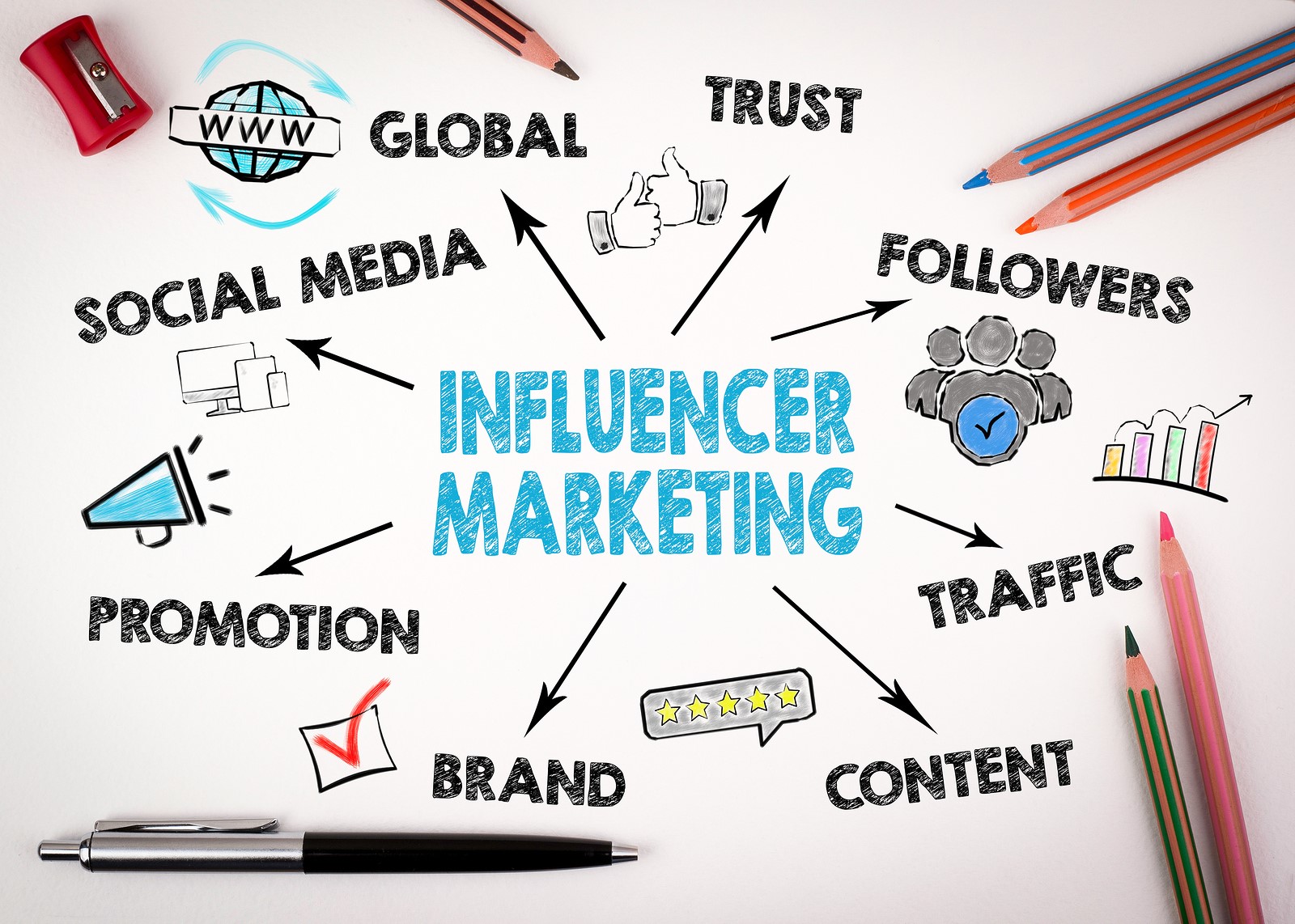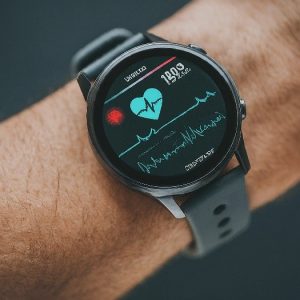
Trends in Preventive Healthcare: Proactive Health Management
In recent years, the landscape of healthcare has been undergoing a significant transformation. The shift from reactive to proactive health management is at the forefront of this evolution. Preventive healthcare, which emphasizes the prevention of diseases and the promotion of health and well-being, has become a cornerstone of modern medical practice. This article explores the latest trends in preventive healthcare and how they are shaping the future of health management.
The Importance of Preventive Healthcare
Preventive healthcare focuses on measures taken to prevent diseases, rather than treating them once they occur. The rationale behind this approach is simple: it is more effective and cost-efficient to prevent illness than to treat it. Preventive healthcare encompasses a wide range of practices, including vaccinations, screenings, lifestyle modifications, and health education.
One of the primary benefits of preventive healthcare is the potential to improve the quality of life. By identifying and addressing risk factors early, individuals can avoid the development of chronic diseases such as diabetes, heart disease, and cancer. Additionally, preventive measures can reduce healthcare costs by minimizing the need for expensive treatments and hospitalizations.
Key Trends in Preventive Healthcare
1. Digital Health Technologies
The advent of digital health technologies has revolutionized preventive healthcare. Wearable devices, mobile health apps, and telemedicine platforms have made it easier for individuals to monitor their health and engage in proactive health management. Wearable devices, such as fitness trackers and smartwatches, can track physical activity, heart rate, sleep patterns, and other vital signs. This real-time data allows individuals to make informed decisions about their health and wellness.
Mobile health apps offer a wide range of features, from tracking nutrition and exercise to providing reminders for medication and appointments. These apps can also offer personalized health recommendations based on user data. Telemedicine platforms enable remote consultations with healthcare providers, making it easier for individuals to access preventive care services without the need for in-person visits.
2. Personalized Medicine
Personalized medicine, also known as precision medicine, is an emerging trend in preventive healthcare. This approach tailors medical treatment to the individual characteristics of each patient, including their genetic makeup, lifestyle, and environment. Advances in genomics and biotechnology have made it possible to identify genetic predispositions to certain diseases and develop targeted interventions.
For example, genetic testing can reveal an individual’s risk for conditions such as breast cancer, cardiovascular disease, and Alzheimer’s disease. Armed with this information, healthcare providers can develop personalized prevention plans that may include lifestyle modifications, regular screenings, and prophylactic treatments.
3. Population Health Management
Population health management (PHM) is a strategy that aims to improve the health outcomes of a specific population by addressing the social determinants of health and implementing preventive measures. PHM involves the use of data analytics to identify high-risk populations and develop targeted interventions to reduce health disparities.

For instance, PHM initiatives may focus on promoting healthy behaviors, such as smoking cessation and physical activity, in communities with high rates of chronic diseases. By addressing the root causes of poor health, PHM can lead to improved health outcomes and reduced healthcare costs.
4. Preventive Screenings and Early Detection
Preventive screenings and early detection are critical components of preventive healthcare. Regular screenings for conditions such as cancer, hypertension, and diabetes can lead to early diagnosis and treatment, improving the chances of successful outcomes. Advances in medical technology have made screenings more accurate and less invasive.
For example, low-dose computed tomography (LDCT) is now recommended for lung cancer screening in high-risk individuals, such as long-term smokers. Similarly, advancements in mammography and colonoscopy have improved the early detection of breast and colorectal cancers, respectively.
5. Health Education and Behavior Change
Health education plays a vital role in preventive healthcare. By educating individuals about the importance of healthy behaviors and providing them with the tools and resources to make positive changes, healthcare providers can empower individuals to take control of their health.
Behavior change interventions, such as smoking cessation programs, weight management programs, and stress reduction techniques, can help individuals adopt healthier lifestyles. These interventions often involve a combination of education, counseling, and support to facilitate long-term behavior change.
6. Immunization Programs
Immunization programs are a cornerstone of preventive healthcare. Vaccinations have been instrumental in reducing the prevalence of infectious diseases and preventing outbreaks. Recent advancements in vaccine development, such as mRNA vaccines, have shown great promise in improving the efficacy and speed of vaccine production.
The COVID-19 pandemic has highlighted the importance of immunization programs in preventing the spread of infectious diseases. Widespread vaccination efforts have been crucial in controlling the pandemic and preventing severe illness and death.
7. Workplace Wellness Programs
Workplace wellness programs are becoming increasingly popular as employers recognize the benefits of promoting employee health and well-being. These programs often include health screenings, fitness challenges, stress management workshops, and incentives for healthy behaviors.
By fostering a culture of health in the workplace, employers can improve employee productivity, reduce absenteeism, and lower healthcare costs. Additionally, workplace wellness programs can contribute to a positive work environment and enhance employee morale.
8. Mental Health and Well-being
Mental health is an integral part of preventive healthcare. The recognition of mental health as a critical component of overall health has led to increased efforts to promote mental well-being and prevent mental health disorders. Preventive measures for mental health include stress management, mindfulness practices, and access to mental health services.
Employers, schools, and communities are increasingly implementing programs to support mental health and well-being. These initiatives aim to reduce the stigma associated with mental health issues and provide individuals with the resources they need to maintain good mental health.
Conclusion
The trends in preventive healthcare reflect a growing recognition of the importance of proactive health management. By focusing on prevention, rather than treatment, individuals can improve their quality of life and reduce healthcare costs. Digital health technologies, personalized medicine, population health management, preventive screenings, health education, immunization programs, workplace wellness programs, and mental health initiatives are all contributing to the advancement of preventive healthcare.
As these trends continue to evolve, the future of healthcare will be increasingly centered on prevention and proactive health management. By embracing these trends, individuals and healthcare providers can work together to create a healthier and more sustainable future.






















